Naturalists are trying to solve the case of the missing hedgehogs in Swanage, as a new map shows the town has some of the lowest numbers of the popular mammal anywhere in Dorset.
Although nearly 100 hedgehog sightings have been recorded through spring and summer in and around Wareham, fewer than 10 have been spotted in Swanage and nearby villages, according to the Big Hedgehog Map run by the British Hedgehog Preservation Society.

A Dorset hedgehog foraging for food at dusk
Wareham’s hedgehog friendly initiative
And the disparity in numbers is not just being put down to more enthusiastic spotters in Wareham, which prides itself in leading the way to make Dorset a hedgehog friendly county.
The town, which has even installed knitted hedgehog covers for post boxes to help raise awareness of their plight, is encouraging hedgehog highways away from busy roads, and making gardens as friendly as possible for the creatures.
They are also preparing to raise funds towards a full-time hedgehog hospital in central Dorset to deal with increasing numbers of the injured animals.
According to the very latest state of health report into one of Britain’s best-loved countryside creature, hedgehog populations are still plummeting in rural areas, although there are early signs of a fight back in urban streets.
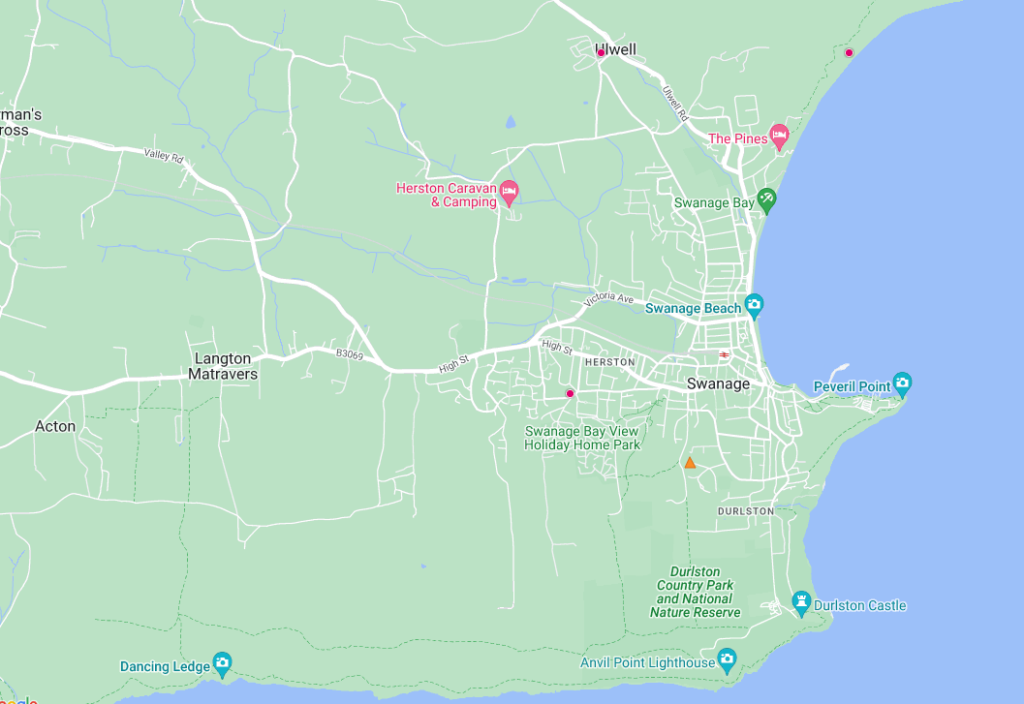
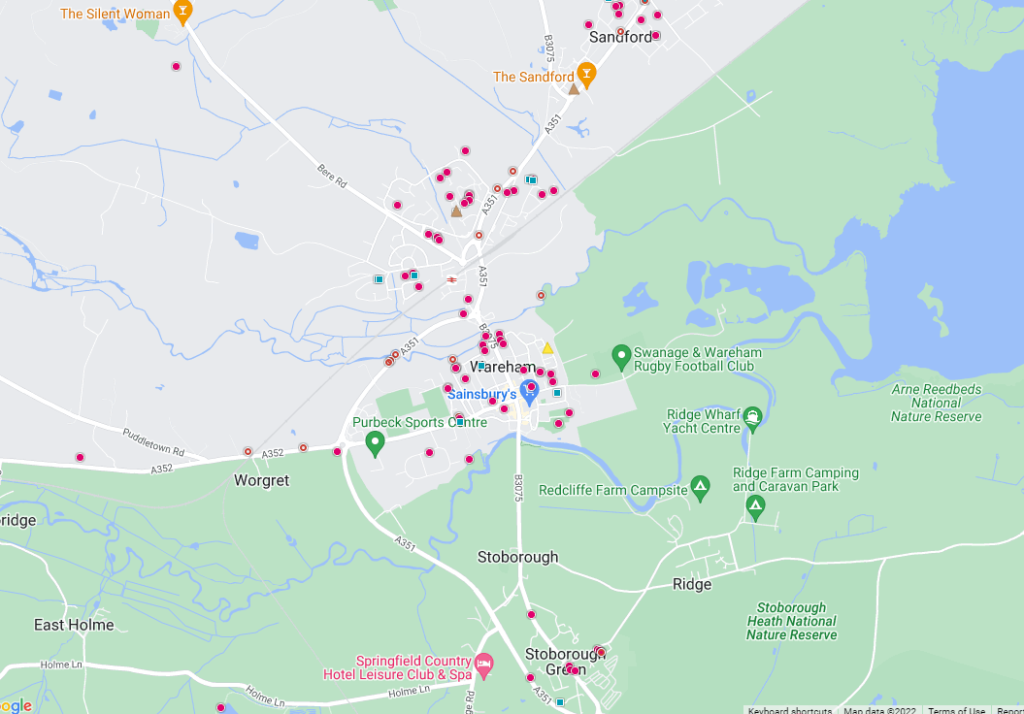
Hedgehog sightings on the Big Hedgehog Map show Wareham is a hotspot, but Swanage a virtual void
Badger theory for missing hedgehogs
One strong theory for Swanage’s missing hedgehogs is that a limited supply of food – worms, beetles, earwigs and other insects – is also being competed for by bigger and stronger badgers, which have also been known to eat hedgehogs themselves.
Dog bites are also thought to be responsible for growing numbers of injuries leading to death, when they are let out last thing in the evening just as most hedgehogs are making their nocturnal rounds.
And car strikes are estimated to cause up to 335,000 hedgehog deaths a year in towns and villages across the UK, according to the latest university study (Nottingham Trent University, October 2020).
But Dorset hedgehog expert and wildlife photographer Colin Varndell believes the answer to the Swanage mystery may lie in the lack of volunteers looking to record and protect the little animals.
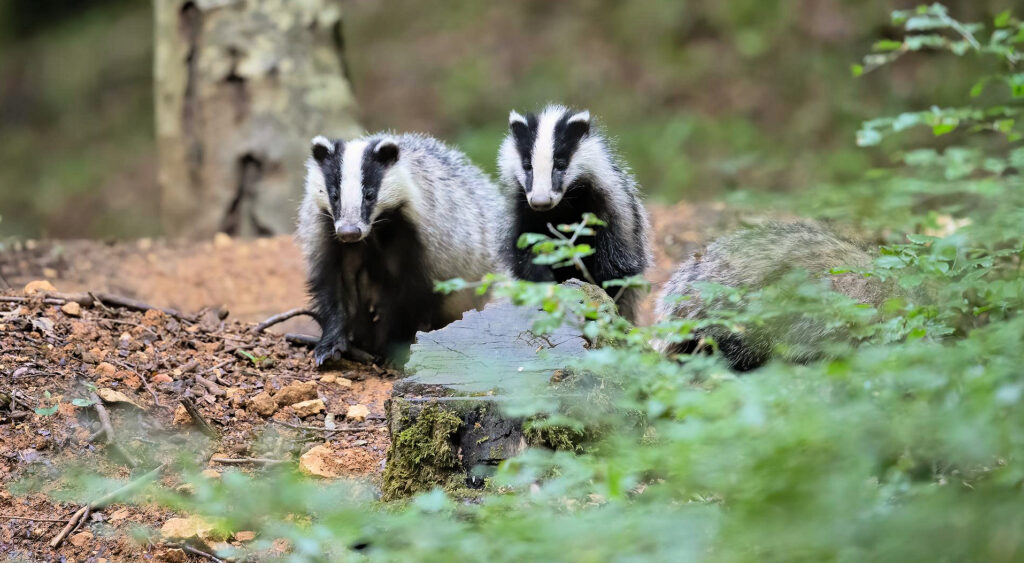
Badgers may be in competition for the hedgehogs’ supply of food
Pioneering project for first hedgehog friendly county
Colin, who alongside with the Dorset Mammal Group, said:
“It’s a popular belief that badgers compete for and win the hedgehogs’ food source, and I know there are many badger sightings in Swanage, but I don’t believe that’s the answer.
“There’s a thriving hedgehog population in Blandford, which is similar to Swanage in many ways, so why should the numbers be so different?
“We are running a pioneering project to make Dorset the first hedgehog friendly county – it’s the biggest hedgehog conservation project in Britain and involves literally thousands of people on the ground.
“There are 32 established hedgehog friendly towns and villages, including Wareham, Sandford, Wool and Bovington, and half a dozen others in the pipeline.

A hedgehog coordinator could make all the difference to numbers in Swanage
Volunteer hedgehog saviour needed for Swanage
Colin continued:
“We currently don’t have a hedgehog coordinator in Swanage, but we would love to find a volunteer – it really could make all the difference to the number of hedgehogs in the town.
“I live in a Dorset hamlet and own a five-acre plot which is a wild nature reserve, but I hardly ever saw a hedgehog there.
“As an experiment, I put a bowl of hedgehog food out and within a week a hedgehog had appeared; within two months, we had five regular visitors every night.”
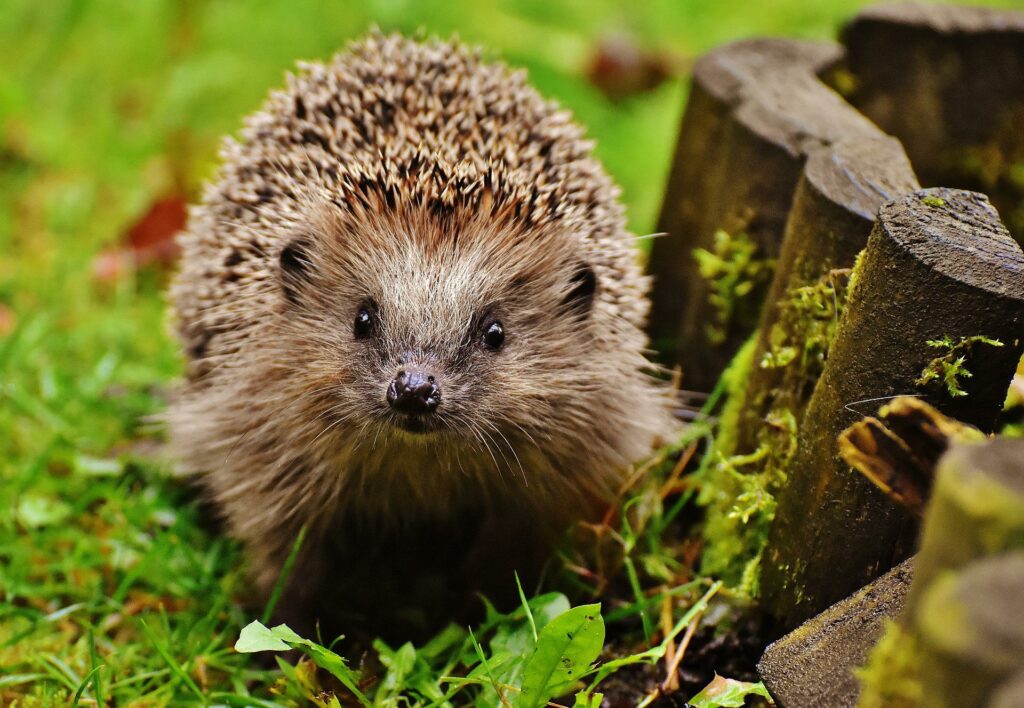
Hedgehog numbers are plummeting in rural areas of Dorset
Up to 75 percent of rural hedgehogs lost between 2000 and 2022
The People’s Trust for Endangered Species, in its 2022 report into the state of health of Britain’s hedgehogs, estimates that up to 75 percent of rural hedgehogs have been lost between 2000 and 2020, which may go some way to explaining the latest sighting data from Swanage.
It is estimated that during the 1950s, Britain’s hedgehog population stood at around 30 million. Recently, the Mammal Society has suggested that the current number is close to 500,000, and still falling.

Knitted hedgehog post box toppers are raising awareness in Wareham
Wareham and Sandford ‘big hedgehog country’
Wareham Hedgehog Coordinator Kate Brailsford said that her town now had around 70 people actively looking out for the creatures and reporting any injured creatures so that they can be nursed back to health. Kate said:
“This is big hedgehog country and we do what we can to make Wareham and Sandford hedgehog friendly, especially in gardens where people can avoid using slug pellets, put out water for them and help to create hedgehog highways where they can move from garden to garden without danger.
“The area is perfect habitat for them, rural but not intensively farmed and with safe paths to follow away from busy roads, but why Swanage should have so few hedgehogs in relation to Wareham is a bit of a mystery.
“We will continue to raise awareness of hedgehog safety as we get closer to their hibernation time, and we are already planning a big hedgehog event in Wareham on Saturday 25th March, 2023 – watch this space!”
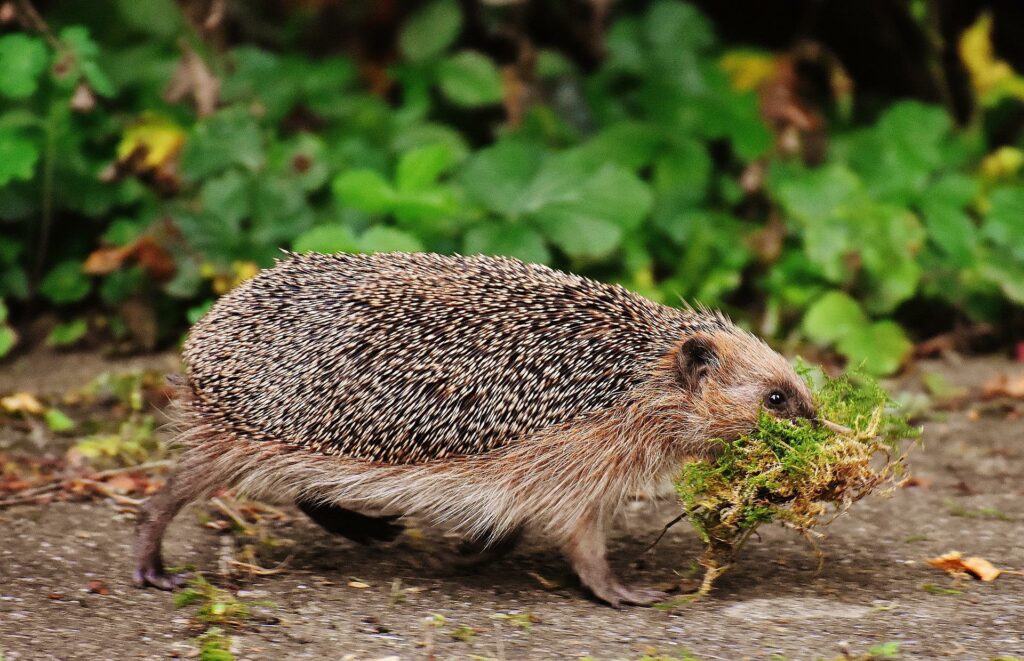
A nest-building hedgehog collects soft plants from hedgerows
Loss of hedgerows add to decline of Britain’s favourite mammal
Mammal Surveys spokesman at the People’s Trust for Endangered Species, David Wembridge, said:
“Loss of landscape features such as hedgerows is partly responsible for the decline, but not fully, as recent efforts have been made to restore and improve them.
“We know from research that hedgehogs prefer villages to open farmland, and follow field margins and hedgerows. Understanding how hedgehogs use and move through the landscape is a big step forward, but more work is needed.”
“We now need to look at the wider management of farmland, how the insects that hedgehogs eat are faring, the impact of climate change, and how connected the wider landscape is. Once we know the full facts, we can start to help rural hedgehogs to recover.”
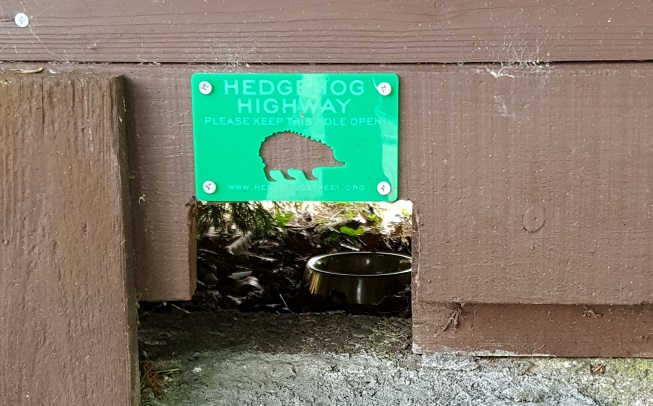
Home owners are being urged to set up hedgehog highways to keep the animals off dangerous roads
Gardens can be havens for the hedgehogs
National Hedgehog Office Grace Johnson said:
“Hedgehogs can travel around one mile every night through gardens and parks in search of food and mates.
“It’s clear from our that gardens can be havens for hedgehogs, but only if they are connected via gaps in or under garden boundaries to let hedgehogs in and out.
“A Hedgehog Highway – a series of 13 centimetre square gaps – will enable hedgehogs to roam between neighbouring gardens and green spaces, which is vital to their survival.
“We’re really encouraged that urban populations appear to have stablised, but we can’t be complacent as numbers are still low.
“We hope everyone who has been helping hedgehogs in our towns and villages will continue their brilliant efforts over the coming years, and hopefully one day hedgehog sightings will be commonplace again.”

Orphaned or immature hoglets need specialist care to survive
£100,000 appeal to fund a Dorset hedgehog hospital
A crowdfunding appeal to raise up to £100,000 to set up a Dorset hedgehog hospital is about to be launched to help the 600 animals a year which are found injured in the county.
Sites for the project are still being considered, but somewhere in central Dorset is likely to chosen to be able to get injured animals on the treatment table as quickly as possible.
It is expected to cost about £50,000 to set up a hospital in a converted shipping container, a figure that would double with the need for a nearby admin centre and running costs.
Organisers hope to have the hospital up and running by September 2023, as the busiest hedgehog rescue times come with the late autumn young which are too immature to cope with hibernation, and with orphans in spring.
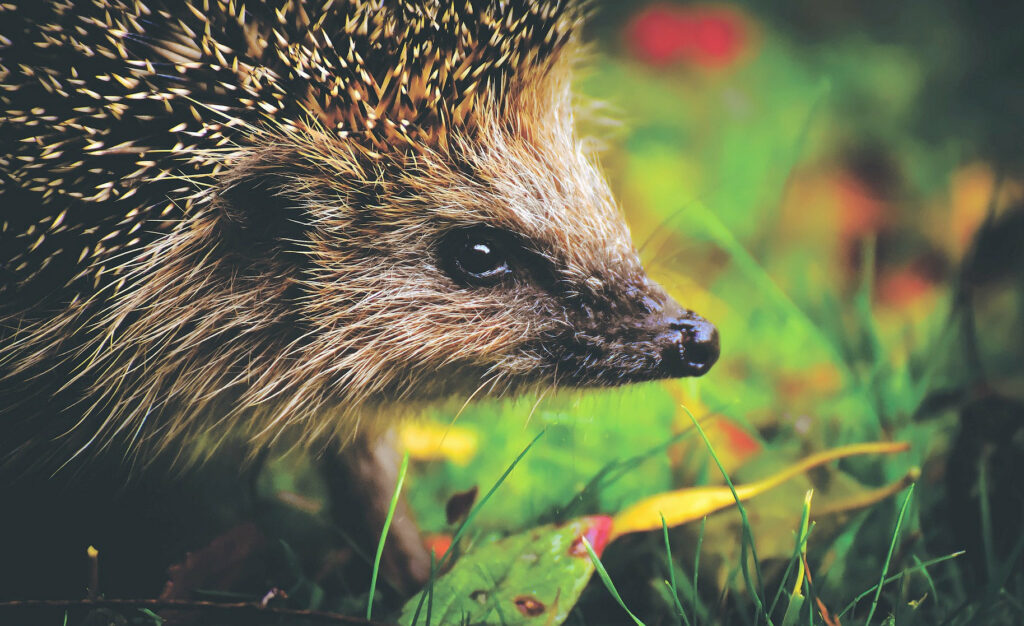
Never use slug pellets in your garden to help hedgehogs survive
How to make your garden hedgehog friendly
The Dorset Mammal Group recommends the following steps to make gardens hedgehog friendly:
- Add to the Hedgehog Highway by leaving or making a 13 centimetre gap in garden fences or walls
- Plant a hedge rather than build a fence, to provide shelter, food and access in one
- Never use slug pellets or other poisons in your garden
- Put out food for hedgehogs – dog meat or cat meat in jelly (NOT gravy), or Calci Worms (NOT mealworms), and water (NOT milk)
- Leave the food and water in a place which dogs or foxes can’t reach, like a pipe, hollow log, or a shelter made out of bricks
- Check long grass for hedgehogs before mowing or strimming

Help is urgently needed if hedgehog populations are to recover
Further information
- Read how you can help Dorset become the first hedgehog friendly county at the Dorset Mammal Group website
- See more of Colin Varndell’s Dorset hedgehog and wildlife photographs, or book a slideshow talk through his website
- Learn about the growing network of Hedgehog Highways at Hedgehog Street’s website and view the Big Hedgehog Map





